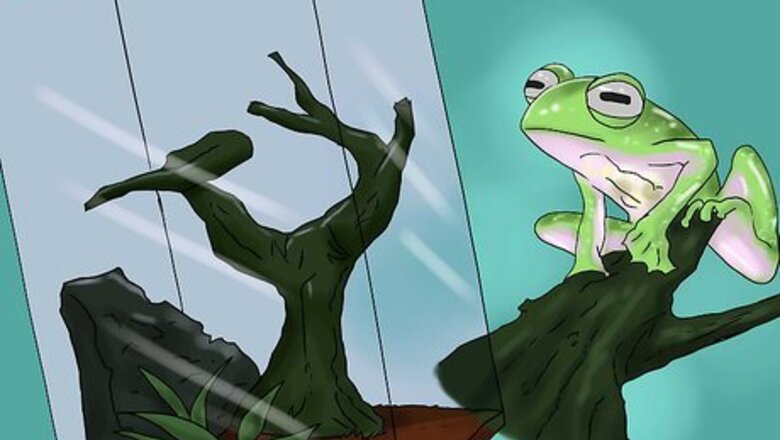
views
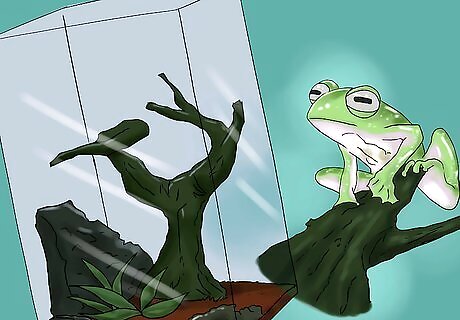
Choose a proper enclosure. Considering that glass frogs are typically arboreal in nature, they need an enclosure that provides more vertical than horizontal real estate. They need plenty of branches and vines to scale and preferably a nice cork background. The size of enclosure is the standard 10 gallons (37 liters) per inch (2.5 cm) of frog. Some find this a bit extreme, but they love to explore. The more room you give them, the happier they will be.
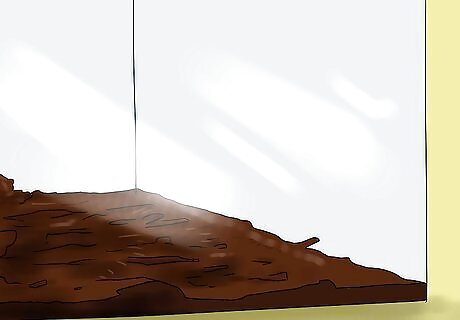
Add the correct substrate on the bottom of the enclosure. Use forest floor bedding and have about 2 inches (5cm) of soil for the floor of the enclosure. Forest floor holds humidity longer and allows for Coprophagous insects to develop and help break down any missed fecal matter. This is essential to help with the ecosystem of your enclosure.
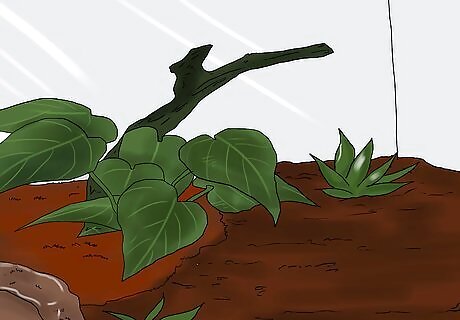
Include plants in the setup. Provide plenty of live broad leaf plants, like pothos and other philodendrons, pillow moss, or bromeliads. Jungle moss, sold in bricks, is good to disperse about too. However, pillow moss may be preferable, as it tends to feast upon frog excrement, considering it is live moss.
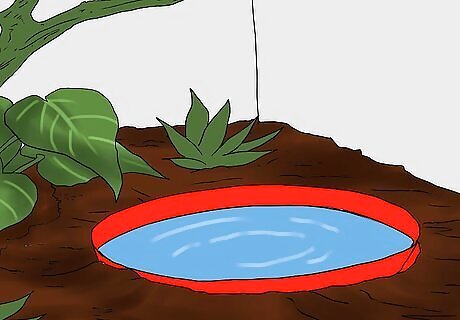
Provide a constant source of water. Be sure to keep either a large shallow bowl of distilled or RO (reverse osmosis) water or create a waterfall/pool for the frogs. Just be sure to provide the frogs with multiple easy escapes from the water; they aren't good swimmers and can easily drown. Water should be kept clean and changed daily or as needed. Frogs tend to like to eliminate their bowels in water.
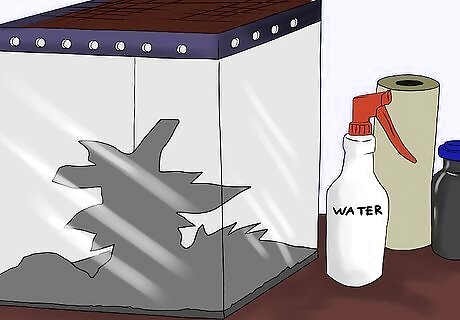
Keep the humidity high. Glass frogs require a constant high humidity of 90% or more. Provide enough ventilation though to allow fresh air to constantly enter, but be careful not to over-dry the enclosure. An ecosystem that is too arid can be as harmful as one with stagnant humid air. The vivarium should always smell humid and fresh (like fresh damp soil).
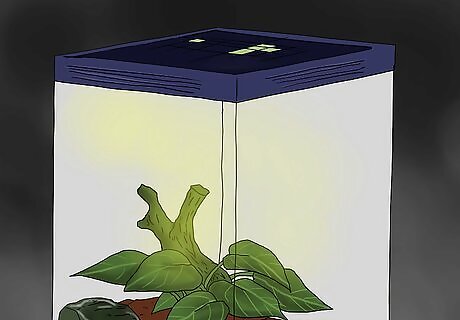
Provide a source of light with the appropriate spectrum and intensity for all live plant specimens. If you choose not to use live plants, be sure to allow dim to moderate lighting to help keep the frogs on their normal photoperiod. Typically, this means 12 hours on and 12 hours off. The use of an automatic timer is nice too, especially for waterfall systems. Ensure that the light you choose does not increase the temperature or decrease the humidity too much, or make adjustments to account for the difference.
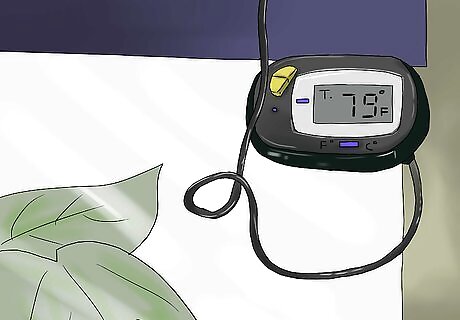
Keep the temperature stable. Average temperature in the enclosure should fall between 76ºF and 82ºF (24ºC - 27ºC) during the day with a drop to 68ºF - 72ºF (20ºC - 22ºC) at night.
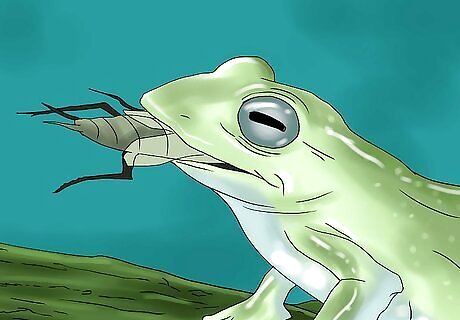
Provide a wide variety in the diet for optimal health. Crickets, fruit flies, newly born soldier fly larvae, red wiggler worms (only the smallest you can buy), newly born dubia roaches are good too. Glass frogs eat at night, so the best practice is to feed about 30 minutes or so after the light shuts off. A glass frog's diet should be supplemented with both vitamin and calcium powder supplements. Dust their food with the appropriate supplement before feeding every few days. They should not be given supplements daily, but try to keep them on a consistent schedule. Feed juveniles once a day. Feed adults every other day. Give them enough to fill their stomachs but not bloat themselves.

Spot clean the enclosure as needed. Fully clean the enclosure once a month, unless it's a full living vivarium. Then you should only have to spot clean daily. Only use water to clean, never use chemicals. If needed, a drop or two of bleach can be added. This needs to be used very cautiously and must be throughly removed. Just be sure to get every bit of the bleach out (even a faint scent of bleach can be a lethal amount to absorb for a frog).











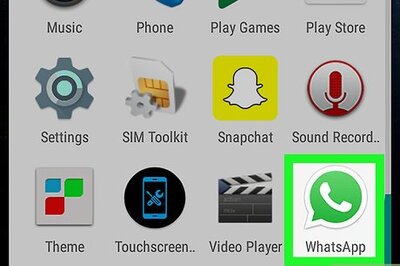





Comments
0 comment